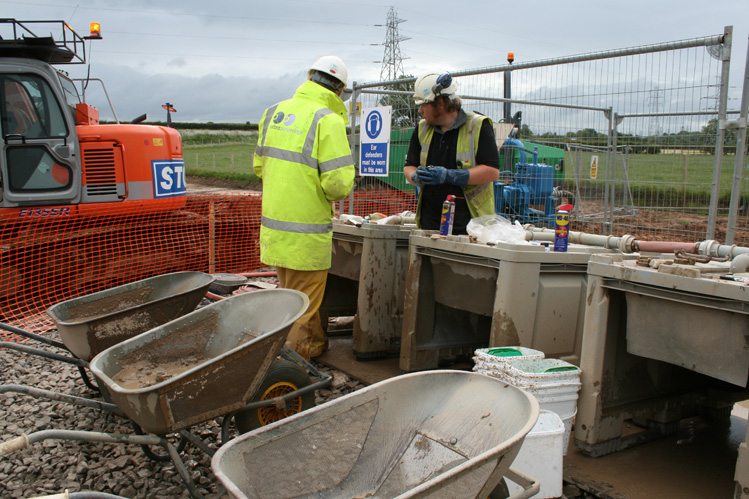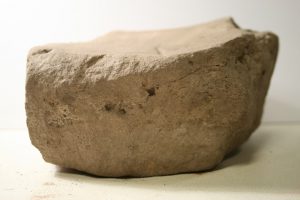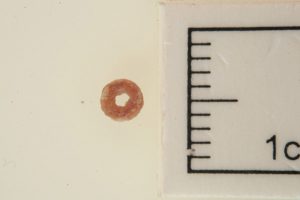In order to recover the lithic material from the extensive and populous scatter, that was found at the Stainton West site, an innovative approach had to be adapted. The challenge was to maximise the return of information, within the time constraints of the project, using the resources available. As far as could be determined, the lithic material was largely in situ, so, it had great potential to be highly informative, if collected in its entirety and with regard to its spatial context and distribution. There were known to be archaeological features, such as pits, associated with the lithic scatter, and variation was evident within the generic layers of alluvium and colluvium covering the site, meaning that the stratigraphic situation was likely to be complex.

Ideally, each lithic item would have been recovered individually and its three-dimensional location logged, to enable a total reconstruction of the site in the archaeological record. It was soon appreciated, however, that this was not a practicable approach. A compromise was arrived at which was considered practically achievable, justifiable and, in the circumstances, provided an optimal information return. The extent of the lithic scatter within the site was subdivided into a grid of one metre squares, numbering 820, in total. The deposit within each square was collected by context (stratigraphic unit), in its entirety. Excavation ceased if an archaeological feature was encountered – in this case the feature was excavated in trowel spits and any finds three-dimensionally recorded. Once the deposit within a grid square had been sampled, it was wet sieved to separate the coarse component >2mm, including any lithic tools, from the clay-silt matrix.

In the event, this involved sieving approximately 270,000 litres of sediment from 3159 individual contexts – which is slightly more material than the upper range of that originally projected.

There was no off-the-peg system, in use within British archaeology, that was capable of efficiently sieving this volume of material, to such a fine grade, especially when the cohesive nature of the parent sediment was factored in. Instead, a system, pioneered in the Netherlands by a Dutch archaeological practise (Archeologisch Diensten Centrum; https://www.archeologie.nl/), was imported and successfully employed. This involved using pumps and water management to cycle the groundwater that inundated the deeper parts of the excavation and use it to wash the samples through an on-site sieving plant. In this manor, the sieving, which geared up to a maximum capacity of four archaeologists, 16 sieves, four high-pressure pumps and two steel-lined sumps was able to keep pace with the excavation team as they sampled the grid squares, using a pool of 12,000 sample tubs, the latter being recycled for use again as soon as they were emptied. The coarse fraction was dried on site, weighed, bagged, labelled and logged, then sent off site for the lithic artefacts it contained to be sorted and separated, by a team of specialists.



